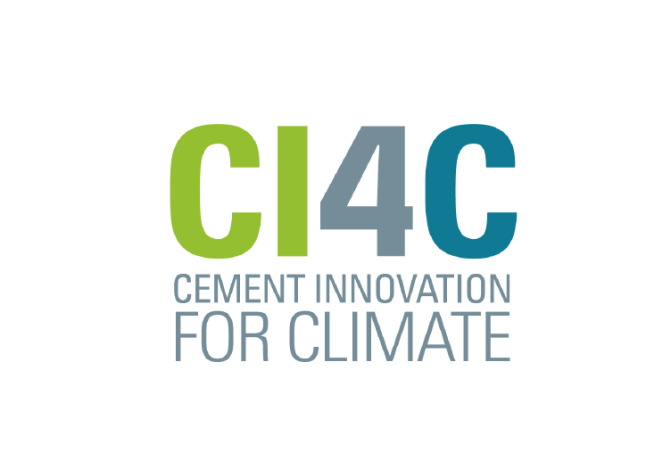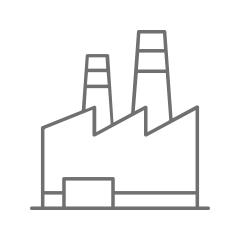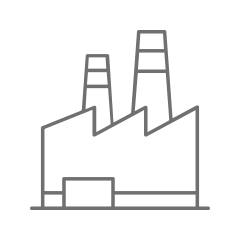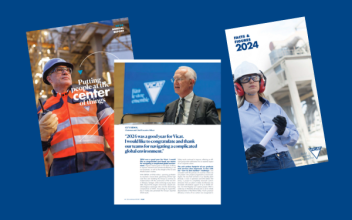‘catch4climate’ project: Vicat and three other European cement manufacturers join forces to decarbonate the industry
On 18 November 2020, under the approving eyes of Winfried Kretschmann, Prime Minister of Germany’s state of Baden-Württemberg, and his Minister for Transport and Infrastructures, Winfried Hermann, Vicat and the other three European cement manufacturers of the joint venture Cement Innovation for Climate (CI4C) signed a letter of intent regarding the next steps in their ‘catch4climate’ pilot project.

Signature of the LOI signifies the official launch of the project aimed at creating a pre-industrial scale demonstrator of oxyfuel technology at the Schwenk cement plant in Mergelstetten, Germany. The purpose is to develop a disruptive innovation eliminating CO2 emissions from cement manufacture.
Oxyfuel technology
The principle of oxyfuel combustion is to introduce oxygen into cement kilns instead of ambient air as a means of achieving the high heat levels required for production of clinker, Due to this substitution, exhaust fumes are largely devoid of gases other than CO2, which makes capturing CO2 significantly easier.

100 %
of cement-plant CO2 emissions could be harnessed cost-effectively

Catch4Climate
titre
European demonstrator for the good of the climate
For the first time ever, four European cement manufacturers—Buzzi Unicem SpA-Dyckerhoff GmbH, HeidelbergCement AG, Schwenk Zement KG, and Vicat SA—have joined forces to tackle a major challenge, that of significantly reducing CO2 emissions associated with cement making, and are thus pursuing their common goal of accomplishing ecological transition. The ‘catch4climate’project will study the possibilities for generalizing oxyfuel combustion systems in cement plants and thereby enabling the European cement industry to significantly reduce its CO2 emissions and in so doing make a major positive impact on climate issues. In addition, the CO2 captured could be used as a raw material in other industrial processes.

3 %
of the European Union’s total CO2 emissions are associated with cement manufacture




